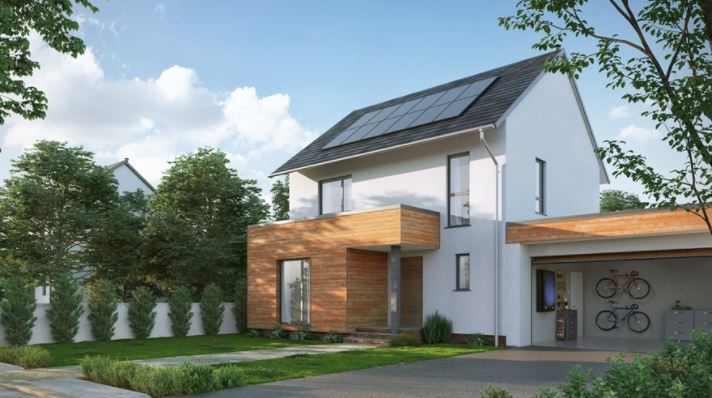On 1 January 2020 – just over a year ago today – the Smart Export Guarantee (SEG) went live. A brand spanking new incentive scheme, the SEG was intended to replace the feed-in tariff (FiT) but with one major difference: this time the rate would be set by energy suppliers, resulting in a wide spread of prices.
To really understand what happened when it was implemented – and the following year of operation – a look at the events from the closure of the FiT to the end of 2019 is required. The small scale solar sector had truly ridden the solarcoaster with the FiT, seeing such a boom that in 2015 the government unveiled sweeping – and at the time execeptionally unpopular – changes that saw a cap introduced to limit how much solar could be installed as well as a proposed reduction from 12.47p/kWh to 1.63p/kWh that was later upped to 4.39p/kWh following a number of industry protests. Whilst this certainly had an impact, with the initial rate being extremely lucrative considering the falling of costs of the solar that had occurred, small scale solar continued to be installed under the scheme, though at less of an impressive rate than before.
When the FiT shuttered on 31 March 2019, it left in its wake a policy gap that – without any date for the SEG yet given – seemed to stretch into oblivion, creating a good deal of uncertainty for the market and prompting the Labour Party’s then-shadow energy minister Rebecca Long Bailey to describe it as “pushing an already struggling solar industry off a cliff edge”.
Of course, this policy void ended up lasting a whopping nine months, making more than one industry member uneasy. Despite assurances that suppliers could launch an SEG compliant tariff at any time and did not, in fact, need to wait until they were legally compelled to on 1 January 2020, of those that fit the parameters – suppliers with over 150,000 domestic customers – only one, Octopus Energy, did so in a permanent fashion. Whilst E.On also launched an export tariff early, this was only for the first 500 customers and lasted but a year, with its full offering coming on that 1 January deadline.
When these details of the SEG’s launch date and supplier requirements emerged in June 2019, including the all-important deal of there being no minimum floor price except for the caveat that it must be above zero, the best the majority of the industry could muster to say about it was that it would, at least, end the policy gap and was, in the words of Social Energy’s head of energy trading Ben Gatley, “better than nothing”.
Concern over the scheme continued on as the months passed and the deadline drew nearer, with a notable absence of compliant tariffs on the market. Whispers started to abound that come 1 January 2020, there may be some suppliers without the tariffs at all. The question of regulation then came into play, and in September 2019 William Marks, policy lead for the SEG at the Department for Business, Energy and Industrial Strategy (BEIS), threw his hat into the ring on the issue, stating that he was “sure” BEIS would intervene and “alter the legislation to do something differently” if this was the case.
The idea that the tariffs wouldn’t be ready to go come January was largely seen as a worst-case scenario worry, however, with concern over the pricing of tariffs a much more commonly discussed. This was not necessarily a slight against suppliers themselves, with Chris Hewett, chief executive of the Solar Trade Association – which recently rebranded to Solar Energy UK – stating that there was the very real possibility that market barriers could “impede the ability of suppliers to offer fair and meaningful rates, even though they may wish to”.
Read more: Solar Power Portal




